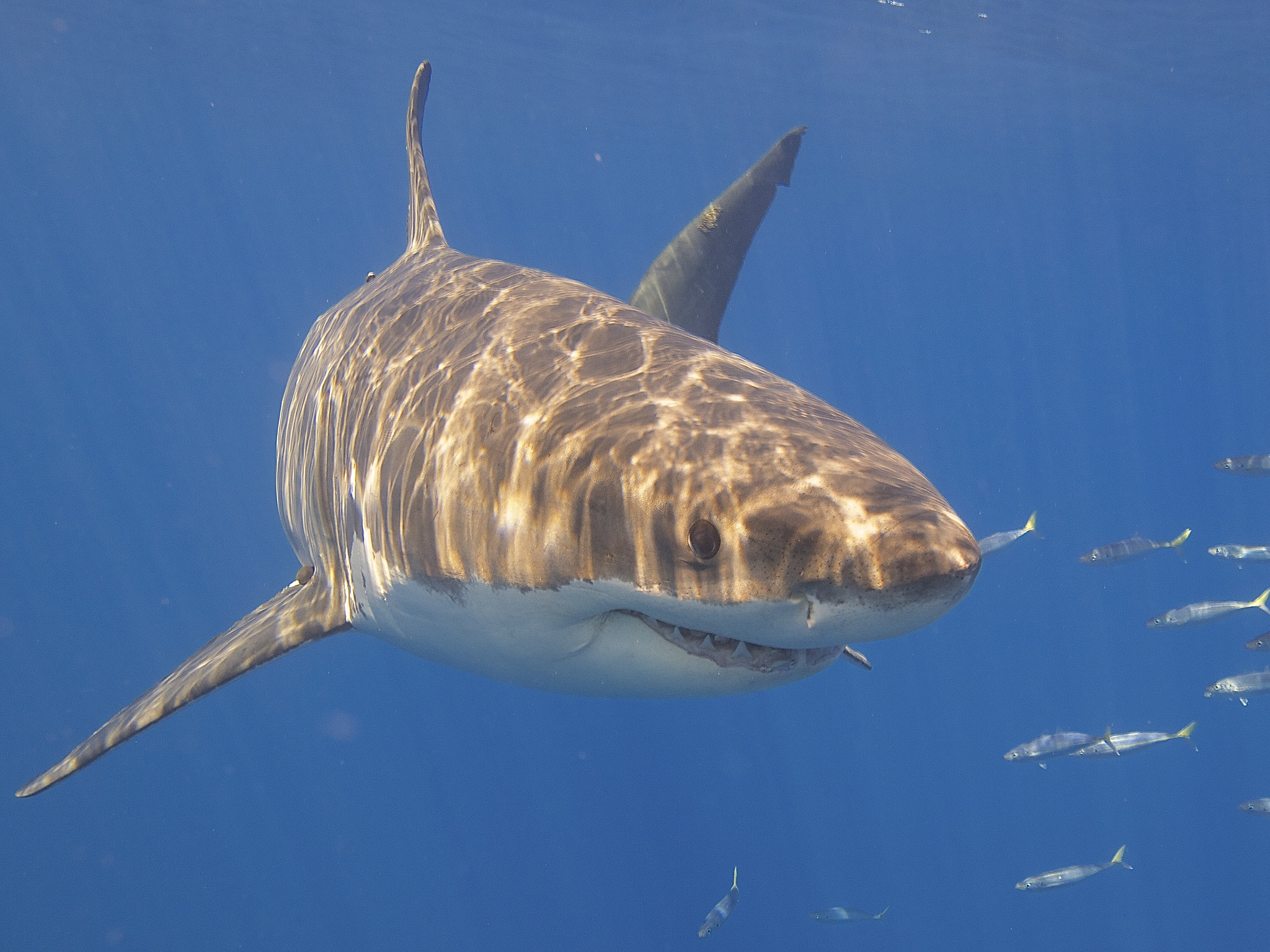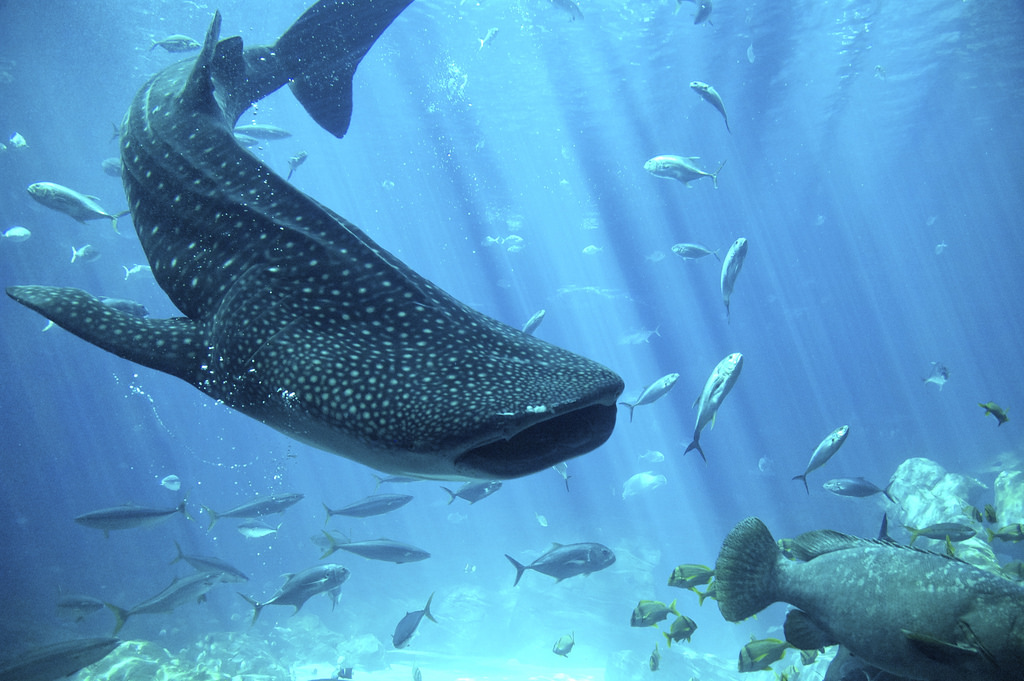
Sciences & Technology
Exposing the creatures of the deep

As a Senate inquiry looks into minimising shark attacks, we consider what happens when humans meddle with this apex predator
Published 8 May 2017
An Australian summer rarely passes without another chilling headline about a shark attack. And while the first response to the now seemingly regular attacks is to call for a cull, killing them is not the answer.
A Senate inquiry is currently considering the range of options to manage the risk of shark attacks. And while culling is an understandable response from people scared of these predators - there is no evidence that shedding numbers reduces the likelihood of an attack.

In fact, the killing of sharks in high numbers can devastate oceanic ecosystems, leading to plummeting populations and serious environmental consequences.
Associate Professor Robert Day, a marine biologist in the School of BioSciences at the University of Melbourne, says sharks’ role is so tightly interwoven with the health of the ocean, if their numbers are reduced everything goes out of balance.
“The top predators in any ecosystem are very important because they decide on whether other creatures become numerous or not,” he says.
“If there is a lack of sharks, then fish and other ocean creatures that would otherwise be consumed by sharks will become too numerous and eat too many smaller creatures and so on, meaning that the whole ecosystem changes massively.”

Sciences & Technology
Exposing the creatures of the deep
Sharks also tend to select sick, old or weak prey, reducing the risk of disease and strengthening gene pools. They also scavenge, clearing the water of decomposing debris.
There is another fascinating benefit they provide, with the bigger shark species using their size to intimidate and regulate the behaviour of their prey, stopping them from overusing certain habitats. Hawaiian researchers have proven that tiger sharks help keep sea grass beds healthy by eating, and therefore limiting, the number of turtles that would otherwise overgraze.
Actually, no.
Not only does culling sharks present an immediate environmental problem, but a cull is also extremely unlikely to actually prevent future attacks.
Statistically, there is no need for shark culls. According to the Shark Attack File, which tracks shark attacks and fatalities across Australia, there were 26 attacks and four fatalities in 2016. Worldwide, there is an average of 10 deaths per year due to sharks.
This is compared to the estimated 100 million sharks killed by humans annually, mostly for the food industry and for sport.

It’s also important to keep in mind Australia’s fast-growing population, which means that more people are going to the beach, which of course will increase any risk of a shark encounter. In just 64 years, Australia’s population has exploded, from 8.3 million people in 1950, to 23.5 million in 2014.
But despite years of research and evidence proving that shark encounters, let alone fatal shark attacks, are incredibly rare, the popular myth that sharks are dangerous and must be killed in order for people to be safe, continues.
Professor Day says that shark populations can suffer significant problems following culls and commercial fishing because of the risk of catching immature species.
Most shark species take a long time to reach maturity, especially the larger species such as the great white and tiger sharks; Professor Days says that bull sharks take about 15 years to reach maturity. Shark species living closest to the surface, which are more likely to be targeted in a cull, also take a long time to mature. And when they do reach reproduction age, some sharks only produce one pup at a time.

Sciences & Technology
When good animals make bad decisions
“Some of the deep-sea species take three years to develop a single pup, which is very slow. All sharks produce relatively slowly, and they need time to survive and grow to adulthood,” Professor Day explains.
“If you fish them when they’re young, then you’re fishing them faster than they can reproduce; it’s winding down the population.
“It doesn’t take too much fishing to make their populations unsustainable.”
Apart from the vital role these much-maligned creatures play in the oceanic ecosystem, they also happen to be one of the world’s oldest and most successful life forms; they have existed for more than 420 million years and are remarkably efficient at their jobs.
Dr Day, who has swam with sharks several times, says they are incredibly graceful and beautiful to watch and the overwhelming majority of them are harmless to humans. There is even a species of shark that lives in Queensland waters that is called the Graceful shark.
The Great White, Tiger, Bull, Black Tip and Dusky sharks are known for being aggressive and have attacked humans.
But the rest, from the giant but gentle Whale shark to the meek Zebra shark, are all placid creatures that are no threat to humans whatsoever.
Banner image: Elias Levy / Flickr